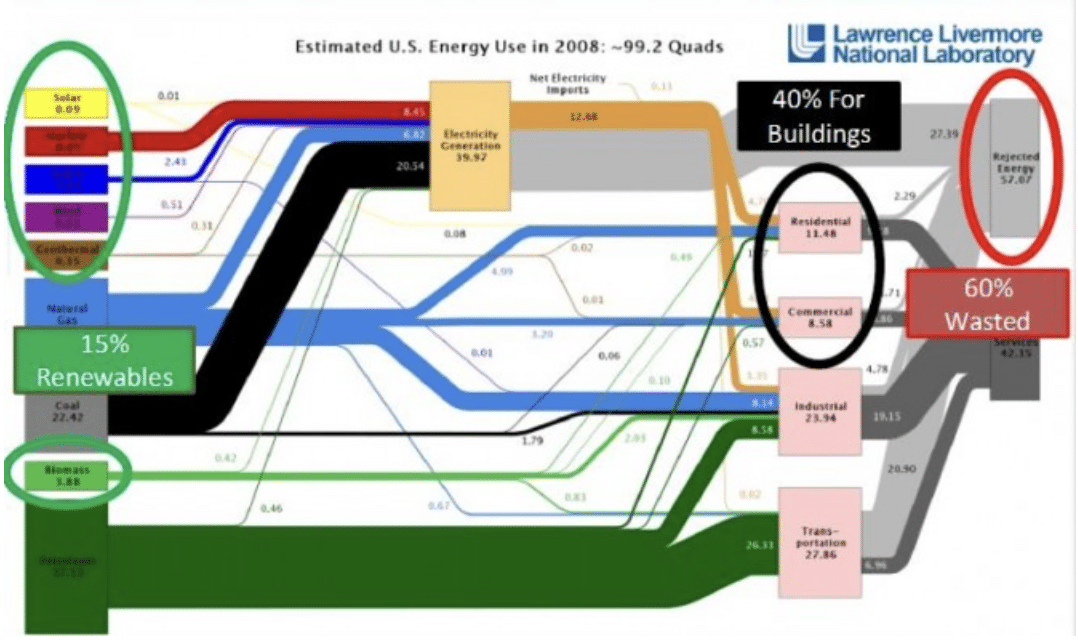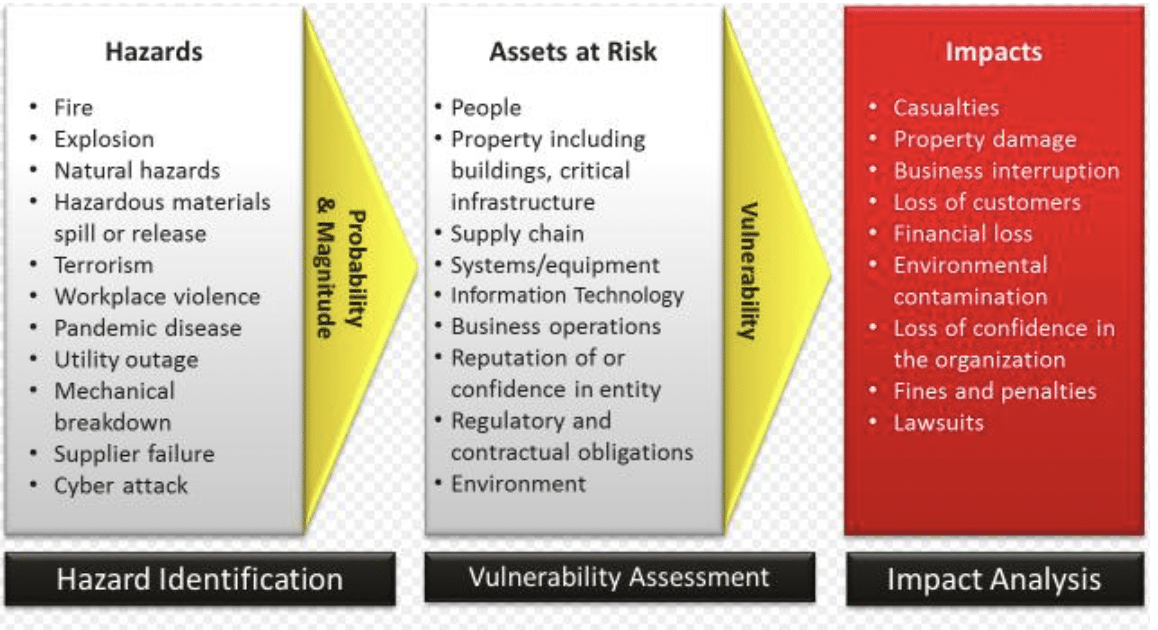 One thing that makes global climate change especially challenging is the very fact that it is global and requires a globally coordinated response. A second is the long time frame of changes —much longer than normal political cycles. A third is the complexity of the interactions between human activities, the atmosphere, and natural ecosystems.
One thing that makes global climate change especially challenging is the very fact that it is global and requires a globally coordinated response. A second is the long time frame of changes —much longer than normal political cycles. A third is the complexity of the interactions between human activities, the atmosphere, and natural ecosystems.
ICAM (the Integrated Climate Assessment Model) was designed to help explore and understand these interactions and evaluate ways to avoid, mitigate, or adapt to global climate change.
It has provided a wealth of important insights. ICAM was developed over a ten year span by Professor Hadi Dowlatabadi and colleagues at Carnegie Mellon’s NSF Center of Excellence for Integrated Study of the Human Dimensions of for Global Change
The challenge
Greenhouse warming and global climate change is likely to have substantial effects not only on the natural environment and ecosystems, but also on many human activities, including agriculture, economics, technological innovation, human health, migration, and demographics.
Human societies may choose a wide variety of ways to try to avoid, mitigate, or adapt to these changes. One of the great challenges of understanding the long-term effects is to how all these natural and human systems will interact.
ICAM was designed as an integrated assessment model with the ambitious goal of helping climate experts and policy analysts explore these complex interactions at global and regional levels over the rest of this century.
Why Analytica?
“We chose Analytica because we wanted a model that would be transparent, with assumptions obvious to all, and easy to communicate. We liked its graphical user interface.
We needed to model the large uncertainties of climate change, so one nice feature was the ease of choosing and using probability distributions.” Professor Hadi Dowlatabadi, author of ICAM, University of British Columbia.
The solution
ICAM was possibly the most sophisticated model created in Analytica when it was first built. It was started in 1991 (first with Demos, the predecessor of Analytica) with development and refinements continuing until 2000, reflecting over four person-years of modeling effort. It includes five main modules, shown in this top-level diagram:

Each module is organized into subsystems – for example, the Atmospheric Composition & Climate module has five subsystems:
The Elicited Climate Model represents key uncertainties about how greenhouse gases will affect climate in the form of probability distributions, elicited from 16 top experts in climatology and climate modeling. The quantities elicited include the change in average global temperature due to a doubling of atmospheric CO2 concentration, the effect on the temperature gradient from the equator to the poles, changes in precipitation by latitude, and the time-constants for these effects. ICAM lets you use any of the 16 sets of expert judgments – or substitute your own.
Among the policies to avoid, mitigate, or adapt to climate change, it includes
- Fuel switching from coal to lower-carbon fossil fuels, oil and gas,
- Fuel switching from fossil fuels to renewable fuels with zero net emissions of carbon dioxide.
- Improved energy efficiency and conservation to reduce energy demand
- Forestation to absorb carbon dioxide
- Carbon sequestration by burying plant matter or storing carbon dioxide emissions underground to remove carbon from the biosphere
- Geo-engineering to change the albedo of the atmosphere to reduce heat absorption
- Carbon taxes and caps with trading emissions permits as incentives to reduce carbon emissions
ICAM models the Earth as 17 regions, each with its own population, economy, and policies for responding to climate change. It runs at 5-year intervals from 1975 to 2100. It models the age structure of populations with 5-year ranges and the effects of an aging population on the economy.
It represents uncertainties about the costs of new energy and mitigation technologies, and the rate of diffusion of technical innovation from one region to another. It recognizes social resistance or acceleration of diffusion of new technologies.
Where there is large uncertainty or disagreement about the appropriate model structure — including energy technologies, landcover dynamics, and discounting methods — ICAM offers options from which the user can choose the structure they like the best.
Insights
Here are some of the most interesting and provocative findings from research using ICAM:
- The long residency of CO2 in the atmosphere means that we will have to start our efforts to reduce carbon emissions long before we know the extent of their value.
- When choosing the best policy to deal with climate change, uncertainty about how much greenhouse gases will change climate, large though that maybe, tends to be dominated by uncertainty about the costs to avoid, mitigate, or adapt to those effects — for example, the cost of carbon sequestration or costs of transition from fossil fuels to renewable energy.
- Aerosols have high forcing in some regions. Mitigation in these areas will lead to significant warming in the near term.
- For most scenarios, the costs of climate change and reducing emissions of greenhouse gases are less than 2% of global GDP, which is much smaller than the uncertainty in projections of GDP over that time.
- Over long time periods, representing the details of the energy sector plus fifteen sectors of industry was unnecessary. What matters more are the time constants in capital turnover — for example, how long before coal-fired power plants reach the end of their useful life.
- To stabilize greenhouse gas concentrations, we would need to decarbonize the economy at a global rate of 3% per year for many decades: The only time a change of that magnitude has happened before has been local and temporary: The 1973 oil crisis, and after the collapse of the Soviet Union.
- The most cost-effective mitigation strategy for global warming may well be geoengineering, such as adding particulates to the stratosphere to change the Earth’s albedo and reduce heat absorption.
- The reduction in productivity due to aging populations is likely to cause a deeper economic crisis than any effects of climate change.
- Net CO2 emissions from ecosystem transitions may be an order of magnitude larger than anthropogenic emissions for decades, under plausible assumptions about dynamics of disturbance and reestablishment.
- There would be big differences between regions in preferred policy due to regional differences in costs and benefits, even if all agreed on the scientific issues.
Innovations in modeling
A common problem with long-range system dynamic models like ICAM is that trajectories over time may go outside the range of plausibility giving results that are apparently absurd. This is usually because the model lacks a negative feedback loop or bound that would prevent this happening in the real world.
ICAM addressed this problem by adding adaptive agents that respond to goals or try to keep scenarios within acceptable ranges. For example, one agent adjusts the carbon taxes to reach emissions reductions such as the Kyoto accords. Regional agents can let regions opt out of global carbon taxes if the tax is unreasonably high.
A global agent can set binding tighter constraints if most regions experience damage greater than say 2% of GDP. It identifies and can ignore “modeling crises” where trajectories exceed plausible bounds on selected variables, such as where high shadow prices on carbon drive the price to zero.
ICAM introduced several other significant innovations in integrated assessment modeling of the effects of climate change. These include:
- Treating technical change as endogenous, affected by needs and economics.
- Comprehensive probabilistic treatment of uncertainties.
- Structural changes, especially in the energy sector.
- Endogenous discount measures (as suggested by Thomas Schelling) relating to economic growth rates.
- Interplay of three levels of agents, implementors of policy, resisters, and promoters.
- Including economics, health, and demographics as endogenous in a closed-loop model (unlike IPCC models and others).
- Age-structured labor pool affecting economic productivity.
Authors & sponsors
The lead author of ICAM was Professor Hadi Dowlatabadi, the Canada Research Chair in Applied Mathematics, Integrated Assessment and Global Change at the University of British Columbia.
He started ICAM as Director of the Global Climate Change Integrated Assessment Program at Carnegie Mellon University. Other major contributors include Professors Granger Morgan and Lester Lave of Carnegie Mellon, Dr Richard Sonnenblick of Enrich Consulting, Professor Milind Kandlikar of UBC, Dr Elena Shevliakova of Princeton University, Professor Anand Patwardhan at IIT Mumbai, and Matthew Oravetz now at the International Energy Agency.
Funding for the model and supporting research came from the US National Science Foundation, the US Department of Energy, the Electric Power Research Institute, and the Exxon-Mobil Education Foundation.
For more
Details on ICAM. Hadi Dowlatabadi.
Published articles:
- Dowlatabadi, H. (1998). “Sensitivity of Climate Change Mitigation Estimates to Assumptions About Technical Change.” Energy Economics 20: 473-93.
- West, J. J. and H. Dowlatabadi (1998). On assessing the economic impacts of sea level rise on developed coasts. Climate, change and risk. London, Routledge. 205-20.
- Leiss, W., H. Dowlatabadi, and Greg Paoli (2001). “Who’s Afraid of Climate Change? A guide for the perplexed.” Isuma 2(4): 95-103.
- Morgan, M. G., M. Kandlikar, J. Risbey and H. Dowlatabadi (1999). “Why conventional tools for policy analysis are often inadequate for problems of global change.” Climatic Change 41: 271-81.
- Casman, E. A., M. G. Morgan and H. Dowlatabadi (1999). “Mixed Levels of Uncertainty in Complex Policy Models.” Risk Analysis 19(1): 33-42.
- Dowlatabadi, H. (2003). Scale and Scope In Integrated Assessment: lessons from ten years with ICAM. Scaling in Integrated Assessment. J. Rotmans and D. S. Rothman. Lisse, Swetz & Zeitlinger: 55-72.
- Dowlatabadi, H. (2000). “Bumping against a gas ceiling.” Climatic Change 46(3): 391-407.
- Morgan, M. G. and H. Dowlatabadi (1996). “Learning From Integrated Assessment of Climate Change.” Climatic Change 34: 337-368.





